Dancing to Learn
Dancing to Learn
The Brains Cognition, Emotion, and Movement
Judith Lynne Hanna
Rowman & Littlefield
Lanham Boulder New York London
Published by Rowman & Littlefield
A wholly owned subsidiary of The Rowman & Littlefield Publishing Group, Inc.
4501 Forbes Boulevard, Suite 200, Lanham, Maryland 20706
www.rowman.com
Unit A, Whitacre Mews, 26-34 Stannary Street, London SE11 4AB
Copyright 2015 by Judith Lynne Hanna
All rights reserved. No part of this book may be reproduced in any form or by any electronic or mechanical means, including information storage and retrieval systems, without written permission from the publisher, except by a reviewer who may quote passages in a review.
British Library Cataloguing in Publication Information Available
Library of Congress Cataloging-in-Publication Data
Hanna, Judith Lynne.
Dancing to learn : the brains cognition, emotion, and movement / Judith Hanna.
pages cm
Includes bibliographical references and index.
ISBN 978-1-4758-0604-5 (cloth : alk. paper) ISBN 978-1-4758-0605-2 (pbk. : alk. paper) ISBN 978-1-4758-0606-9 (ebook) 1. DancePsychological aspects. 2. DancePhysiological aspects. I. Title.
GV1588.5.H37 2015
792.801'9dc23
2014029843
 The paper used in this publication meets the minimum requirements of American National Standard for Information SciencesPermanence of Paper for Printed Library Materials, ANSI/NISO Z39.48-1992.
The paper used in this publication meets the minimum requirements of American National Standard for Information SciencesPermanence of Paper for Printed Library Materials, ANSI/NISO Z39.48-1992.
Printed in the United States of America
Contents
Acknowledgments
No book writes itself. Education doesnt just happen. My dance and academic teachers over half a century across the nation and abroad are too numerous to recognize for the knowledge they imparted. I thank them and my fellow dancers and researchers. I appreciate the performers and audience members who shared their perspectives and the dancers performances I viewed as a spectator, scholar, and dance critic. Anonymous reviewers for my books and articles, especially in Educational Researcher , pushed me to widen my perspectives on the underpinnings of learning to dance and dancing to learn.
Im indebted to doubters about my earlier work on dance as a language who motivated me to seek supportive evidence, and the scientists whose work undergirds Dancing to Learn: The Brains Cognition, Emotion, and Movement . In science there is no proof, but evidence can support a theory. The frontiers of knowledge related to dance have advanced incredibly.
I am grateful to the authors listed in the references who hail from an array of disciplines poles apart. Their work has helped me progress in my understanding of dance and the development of this book.
Thanks are due to the University of Maryland Libraries and MEDLINE database of the U.S. National Library of Science for help in gaining access to research reports. Catherine Stevens and her colleagues introduced me to the studies of dancers brains. The encouragement of many people over the years, for example, William J. Hanna, Howard Gardner, Chuck Davis, Jacques dAmboise, and Marcia Isaacs has been motivational. Renata Maslowski, Naima Prevots, and Bardu Ahmed made invaluable comments on various versions of Dancing to Learn.
I am grateful to those who arranged for multiple photographs: National Institute of Mental Health, Department of Health and Human Services; Melanye Dixon, professor of dance at Ohio University (acquired a photographer for a special photo session with her student teachers elementary school dancers); Adrienne Dellas Thornton, artistic director of Kirov Academy of Ballet, DC; Judi Fey, dance consultant, Anne Arundel County Public Schools, Maryland; Laurie Frederick Meer, professor of performance studies at the University of Maryland and ballroom dance competitor; and Ling Tang, dancer, teaching artist, and arts consultant and manager. Photographers who graciously donated their work, including Kevin Dixon, Paolo Galli, Paul Goeth, Martin MacPhee, Kanchalee Reeves, and Lonnie D. Tague have enlivened the book.
There is no way to overstate the contribution of Blake Martin, who holds a PhD in kinesiology, graduate degree in neuroscience, MA in dance, and BA in education, teaches in the Department of Dance Science at York University, and is a Visiting Fellow, Accelerated Learning and Retention Program, Defence Research and Development Canada. Of course, all errors are mine. A most discerning reader, Martin generously shared his vast knowledge, directed me to relevant research, suggested better ways of expressing research findings, introduced me to new programs, reminded me of what I forgot, and gave me plenty to think about. Martin told me he liked my work and vision and wanted to see them be pushed forward with accuracy and force. I hope I have come close to this goal.
Prelude: To Dance Is Cognitive, Emotional, and Moving
Leaping, sliding, gliding, bending, jumping, stepping, and twirling through space and time and with effort. Humans, young and old, irrespective of sex and gender, move with purpose, cultural patterning, and notions of appropriateness and competency. Maybe they convey ideas through their dance. Perhaps they communicate feelings. Then again, they may just play with form. Watching the dance, we get a message, feel it in our palpable bodies.
Most people have dismissed old proverbs such as: Never was a dancer a good scholar. Good dancers have mostly better heels than heads. The greater the fool the better the dancer. Yet misconceptions about dance continue today. For example, dance teachers often tell students and company members, Dont think, just dance, as did George Balanchine who was artistic director of New York City Ballet. Most of the general public considers dance as only physical or emotional expression, a leisure activityor merely frivolous. Nude dance is erroneously believed to cause crime and property depreciation. At the height of these misunderstandings, Martha Graham (renowned modern dance choreographer) has been mistaken for a snack (a graham cracker).
However, we are now in a new era. In the United States, and elsewhere in the world, social dance has had a long history. Theatrical dance was once for a select group of performers who trained in dance studios and performed for upscale audiences. But dance performance is no longer merely for the elite in concert halls. Cinema, television, YouTube, and social media have popularized different forms of dance. Dancing with the Stars and So You Think You Can Dance TV shows have attracted huge audiences. Movies like Strictly Ballroom , Dance with Me , Take the Lead , Shall We Dance , Footloose , Dirty Dancing , Saturday Night Fever , Pina Bauch , and Black Swan were popular at the box office. Today dance is taught in academic settings and made accessible to everyone from children to senior citizens.
But dancing to learn? What does this mean? And why ask now? Society privileges mental capacityreasonmind over matter. Talking, writing, and numbers are the media of knowledge. William Forsythe, lauded as one of the great ballet/modern dance choreographers of the postWorld War II era, and director of Ballet Frankfurt for two decades, criticized the supposed precepts of his own medium. He believes most approaches to dance are overly invested in its corporality and treated as raw, precognitive, and illiterate. Traditionally, scientists have downplayed emotions and associated them with primitive brain structures. Moreover scientists have perceived dance as derailing logic and reasoning in the more evolutionarily sophisticated regions of the brain.
Given new research tools and reports in the twenty-first century, scientists and educators are posing the question: could dance be an important medium for young and old alike to learn for lifelong well-being? In short, the answer is yes, yes, yes. Learning is the acquisition of knowledge, skills, or change in beliefs, attitudes, and behaviors through experience, practice, study, or instruction. Most importantly, learning is an ongoing process of building the brains cerebral pathways. Neuroscientist Antonio Damasio points out, Learning and creating memory are simply the process of chiseling, modeling, shaping, doing, and redoing our individual brain wiring diagrams. Dynamic learning is more critical in our ever-changing world than in prior centuries.
Next page
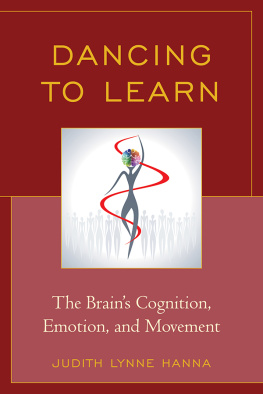

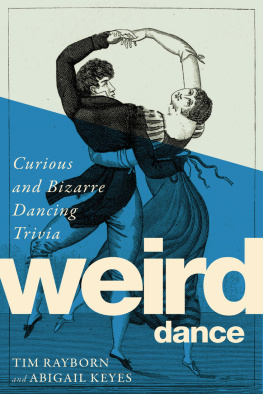
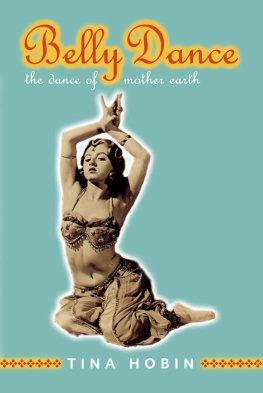
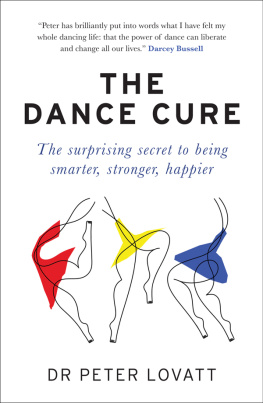
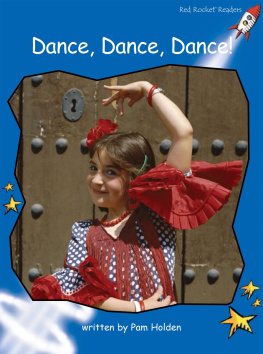


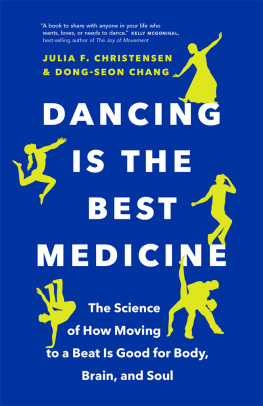
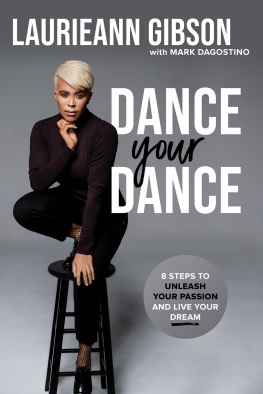
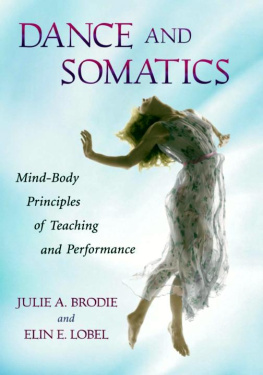
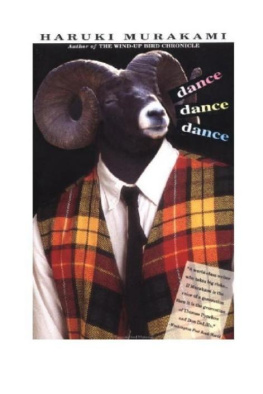
 The paper used in this publication meets the minimum requirements of American National Standard for Information SciencesPermanence of Paper for Printed Library Materials, ANSI/NISO Z39.48-1992.
The paper used in this publication meets the minimum requirements of American National Standard for Information SciencesPermanence of Paper for Printed Library Materials, ANSI/NISO Z39.48-1992.